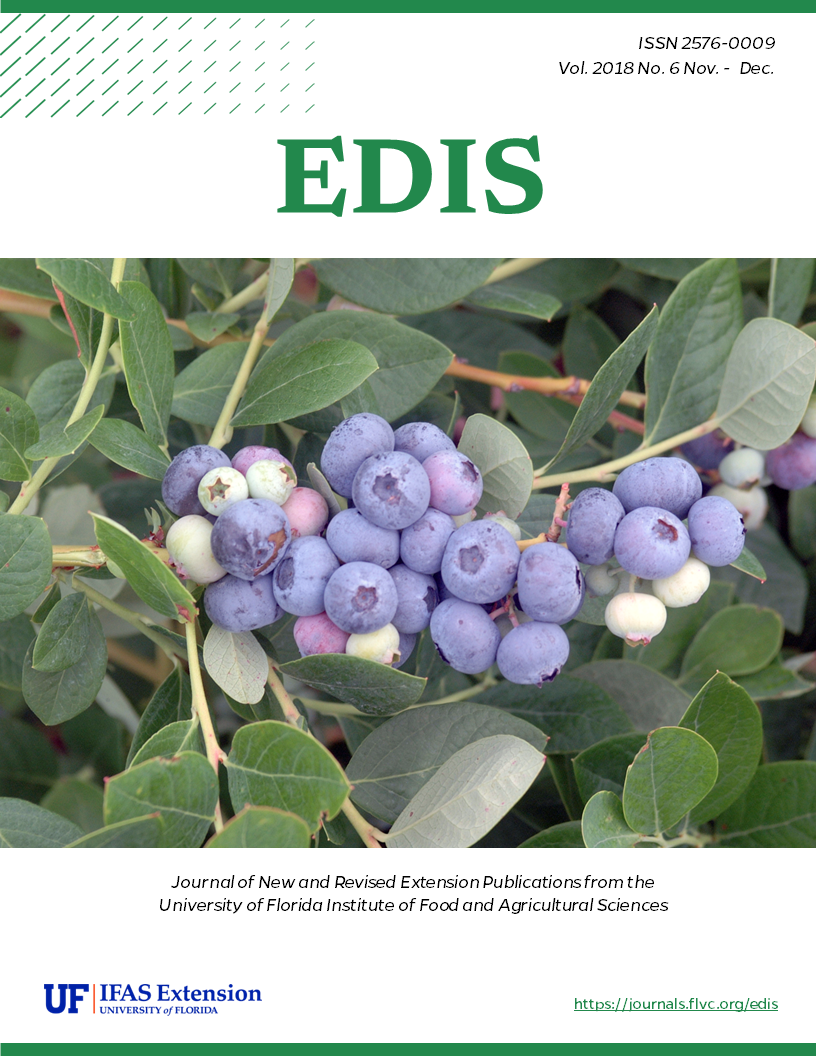Abstract
“You’ll smell them before you see them!” is a common statement of caution experienced mushroom foragers will tell you when discussing stinkhorn mushrooms. Stinkhorns give off a strong, offensive rotting odor. The odor is typically described as smelling of rotting dung or carrion or a combination of the two. Many stinkhorns have a phallic appearance, which has led to their inclusion in different folklore and cultural superstitions worldwide. In fact, the taxonomic name for this group is the Phallales in reference to their phallic appearance, and one common genus in this group of fungi is the genus Phallus. Their common name is derived from stink (for the foul smell they emit) and horn (for the shape of the mature fruiting body). Stinkhorns are not considered poisonous. However, if there are concerns about a child or pet eating a stinkhorn, refer to the photos and figures in this document to be sure that the mushroom which was ingested is a stinkhorn. When in doubt about an ingested fungus in the state of Florida contact the American Association of Poison Control Centers hotline 1(800) 222-1222 or Dr. Matthew E. Smith (trufflesmith@ufl.edu, 352-273-2837).
References
Arora, D., and W. R. Burk. 1982. "Clathrus archeri, a stinkhorn new to North America." Mycologia. 74(3): 501‒504. https://doi.org/10.2307/3792972
Bessette, A. E., W. C. Roody, A. R. Bessette, and D.L. Dunaway. 2007. Mushrooms of the Southeastern United States. Syracuse University Press. pp. 273‒278.
Chen, G., R. R. Zhang, Y. Liu, and W. B. Sun. 2014. "Spore dispersal of fetid Lysurus mokusin by feces of mycophagous insects." Journal of Chemical Ecology 40: 893‒899. https://doi.org/10.1007/s10886-014-0481-6
Desprez-Loustau, M. L. 2009. "Alien Fungi of Europe, Handbook of Alien Species in Europe." https://doi.org/10.1007/978-1-4020-8280-1_2
Gogoi, G., and V. Parkash. 2015. "Lysurus habungianus sp. nov. (Phallaceae) – A new stinkhorn fungus from India." Current Research in Environmental & Applied Mycology 5: 248‒255. https://doi.org/10.5943/cream/5/3/7
Hosaka, K., S. T. Bates, R. E. Beever, M. A. Castellano, W. Colgan III, L. S. Domínguez, E. R. Nouhra, J. Geml, A. J. Giachini, S. R. Kenney, N. B. Simpson, J. W. Spatafora, and J. M. Trappe. 2006. "Molecular phylogenetics of the gomphoid-phalloid fungi with the new subclass Phallomycetidae and two new orders." Mycologia 98: 949‒959. https://doi.org/10.1080/15572536.2006.11832624
Kibby, G. 2015. "The weird, wonderful and smelly world of stinkhorns and clathroid fungi." Field Mycology 16: 58‒69. https://doi.org/10.1016/j.fldmyc.2015.04.008
Laessø, T., and B. Spooner. 1994. "The uses of 'Gasteroycetes'." Mycologist 8: 154‒159. https://doi.org/10.1016/S0269-915X(09)80179-1
Miller, O. K., H. H. Miller, and C. Clem. 1998. Gasteromycetes: Morphological and Developmental Features, with Keys to the Orders, Families, and Genera. Eureka: Mad River Press.
Oliveira, M. L., and E. F. Morato. 2000. "Stingless bees (Hymenoptera, Meliponini) feeding on stinkhorn spores (Fungi, Phallales): Robbery or dispersal?" Revista Brasileira de Zoologia 17: 881‒884. https://doi.org/10.1590/S0101-81752000000300025
Sandoval-Levia, P., J. L. Henríquez, and L. Trierveiler-Pereira. 2014. "Additions to the Chilean phalloid mycota." Mycotaxon 128: 45‒54. https://doi.org/10.5248/128.45
Xiaozhao, T., F. Mi, Y. Zhang, X. He, Y. Cao, P. Wang, C. Liu, D. Yang, J. Dong, K. Zhang, and J. Xu. 2015. "Diversity, population genetics, and evolution of macrofungi associated with animals." Mycology 6: 94‒109. https://doi.org/10.1080/21501203.2015.1043968

